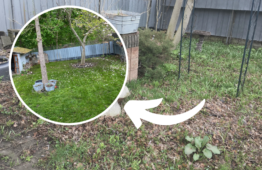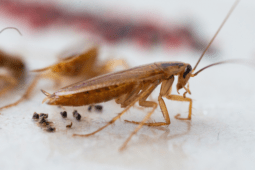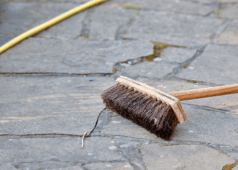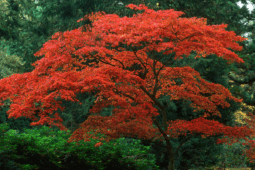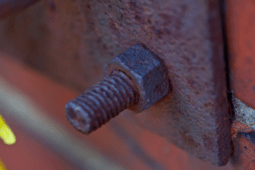Eco-Friendly And Cost-Effective Alternatives To Lawn Topdressing Methods
Achieving a lush, green lawn doesn’t always require traditional topdressing methods. There are numerous eco-friendly and cost-effective alternatives that can help you maintain your lawn’s health and appearance while being kind to the environment and your wallet. Let’s dive into these innovative techniques that are both sustainable and budget-friendly.
Embrace the Benefits of Composting
Composting is an excellent way to enrich your lawn with essential nutrients. By recycling kitchen scraps and yard waste, you can create a nutrient-rich compost that serves as a natural topdressing material.
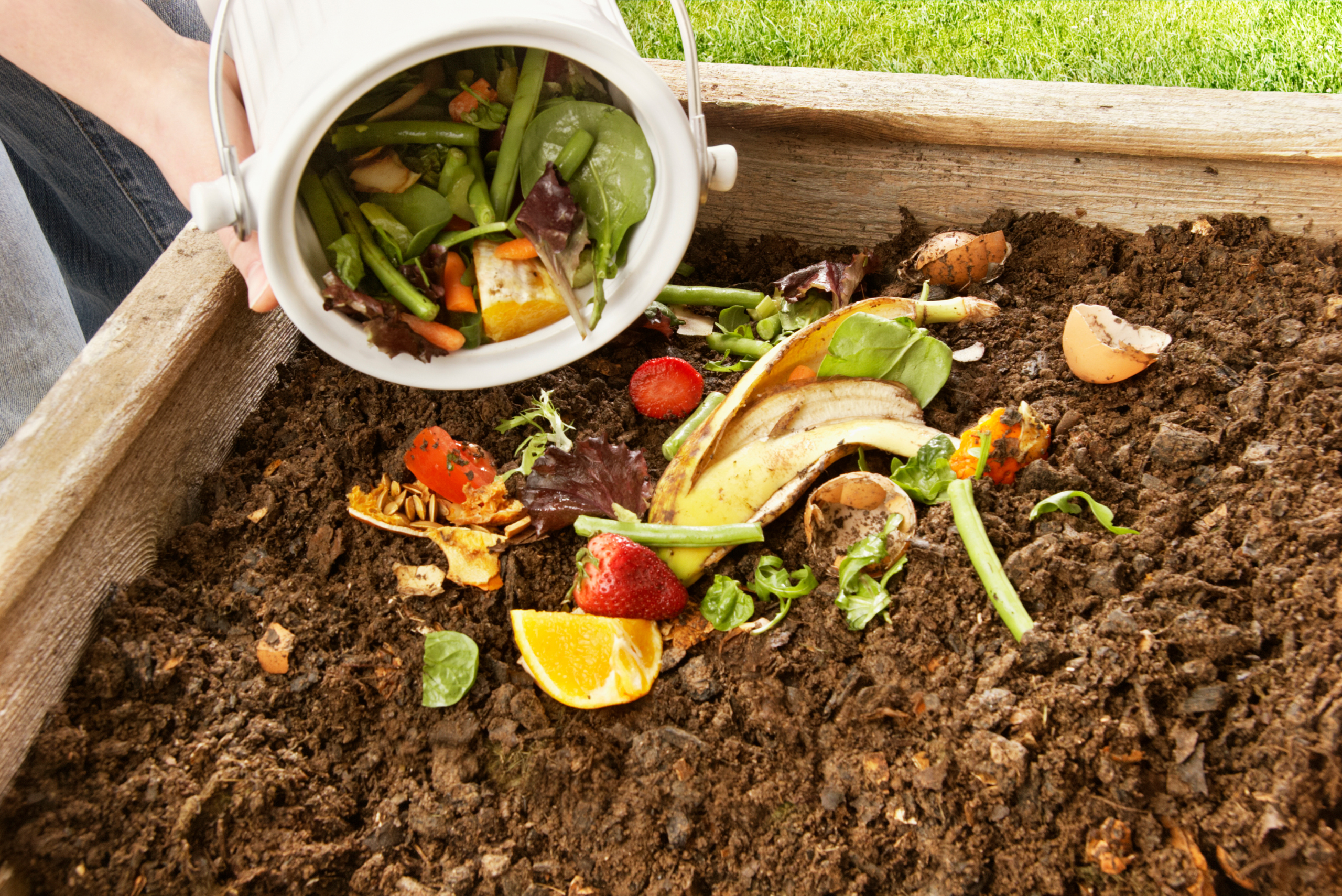
How to Get Started with Composting
- Set Up a Compost Bin: Choose a bin that suits your space and start collecting organic waste.
- Balance Greens and Browns: Maintain a mix of green materials (e.g., vegetable scraps) and brown materials (e.g., dried leaves).
- Turn Regularly: Aerate the compost by turning it regularly to speed up the decomposition process.
Using compost not only improves soil structure but also reduces landfill waste, making it a win-win solution.
Green Manure: A Natural Fertilizer
Green manure involves planting certain crops specifically to improve soil health. These cover crops, such as clover or rye, are grown and then tilled back into the soil, enriching it with organic matter and nutrients.
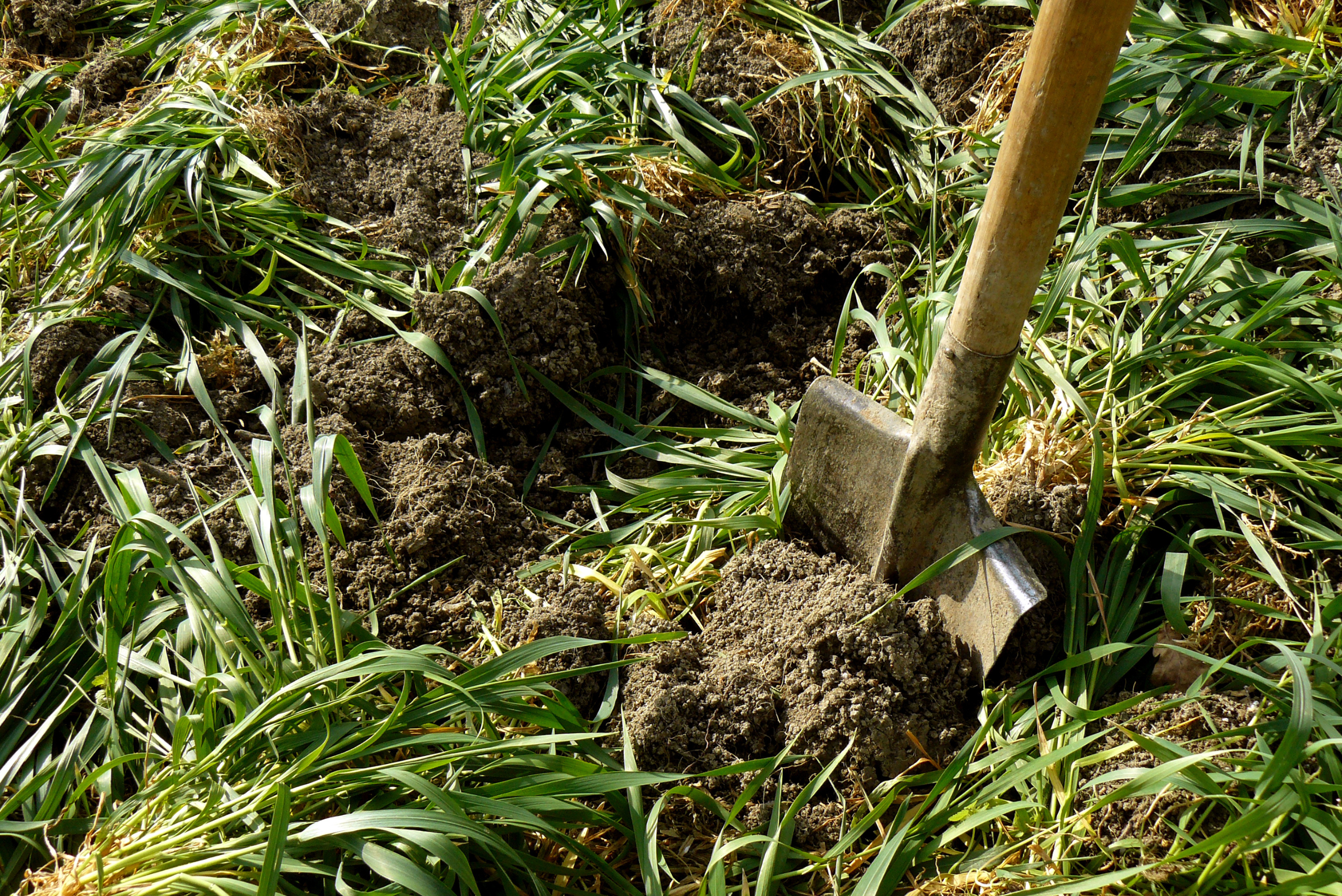
Steps to Use Green Manure
- Select the Right Crop: Choose a cover crop suited to your climate and soil type.
- Plant at the Right Time: Sow the seeds during the off-season or in between regular planting periods.
- Incorporate into the Soil: After the crop grows, cut it down and till it into the soil before it sets seed.
Green manure not only enhances soil fertility but also helps in preventing erosion and suppressing weeds.
Experiment with Liquid Aeration
Liquid aeration is an innovative alternative to mechanical aeration, involving the use of liquid solutions to create microscopic pores in the soil.

Advantages of Liquid Aeration
- Ease of Application: Simply spray the liquid aerator over your lawn using a garden sprayer.
- Improved Soil Structure: It helps break up compacted soil, allowing better water and nutrient penetration.
- Cost-Effective: Liquid aerators are often more affordable than renting or purchasing mechanical aerators.
Liquid aeration is a convenient and efficient way to enhance soil aeration without the need for heavy equipment.
Lawn Clippings: The Natural Mulch
Instead of bagging lawn clippings, consider leaving them on the lawn. This practice, known as grasscycling, can provide a natural and cost-free topdressing alternative.
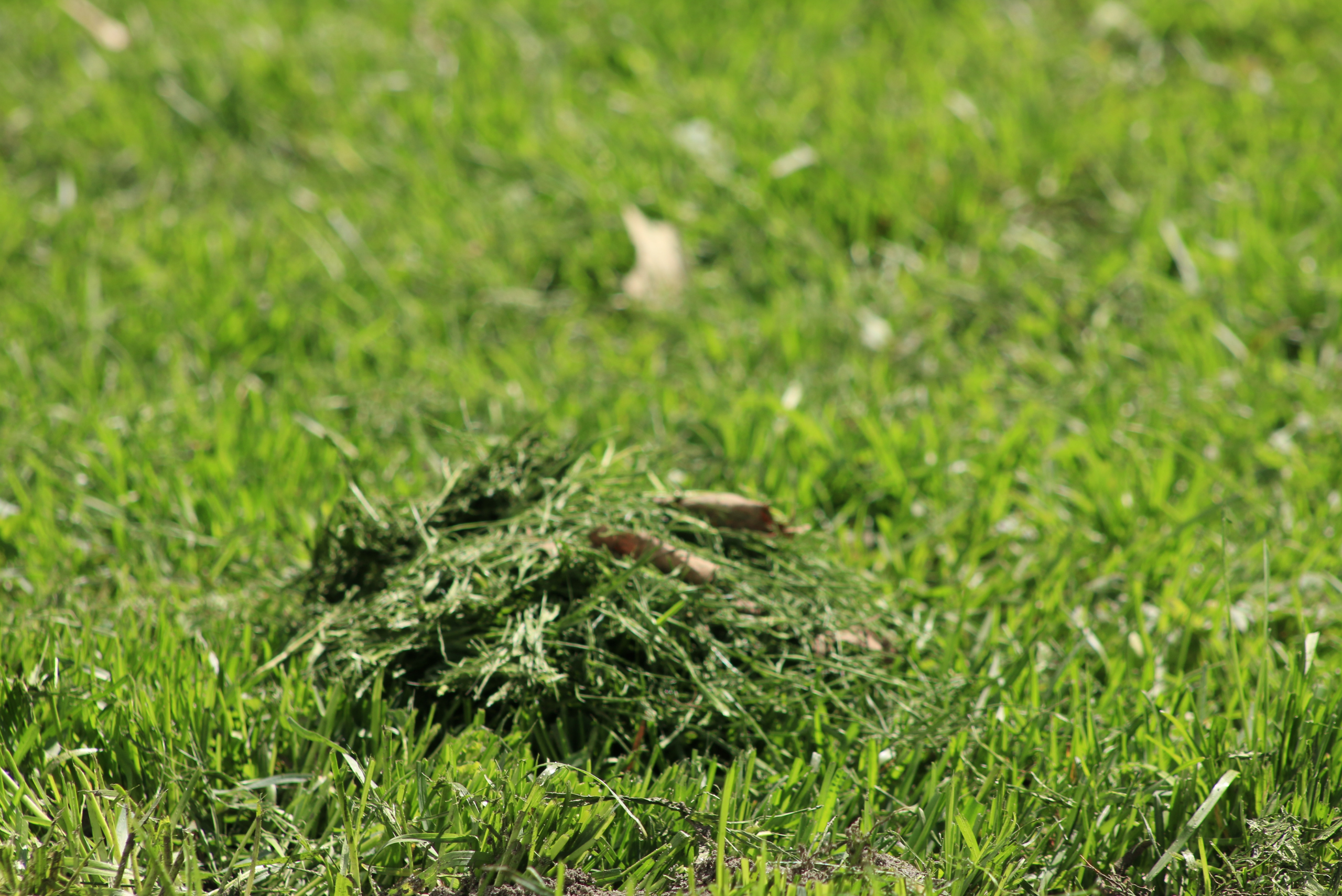
Benefits of Grasscycling
- Nutrient Recycling: Grass clippings decompose quickly, returning valuable nutrients like nitrogen to the soil.
- Moisture Retention: They help retain soil moisture, reducing the need for frequent watering.
- Weed Suppression: A layer of clippings can help suppress weed growth.
By recycling lawn clippings, you can maintain a healthy lawn with minimal effort and expense.
Incorporate Biochar for Soil Health
Biochar, a form of charcoal, is gaining popularity as a soil amendment due to its ability to improve soil structure and enhance nutrient retention.
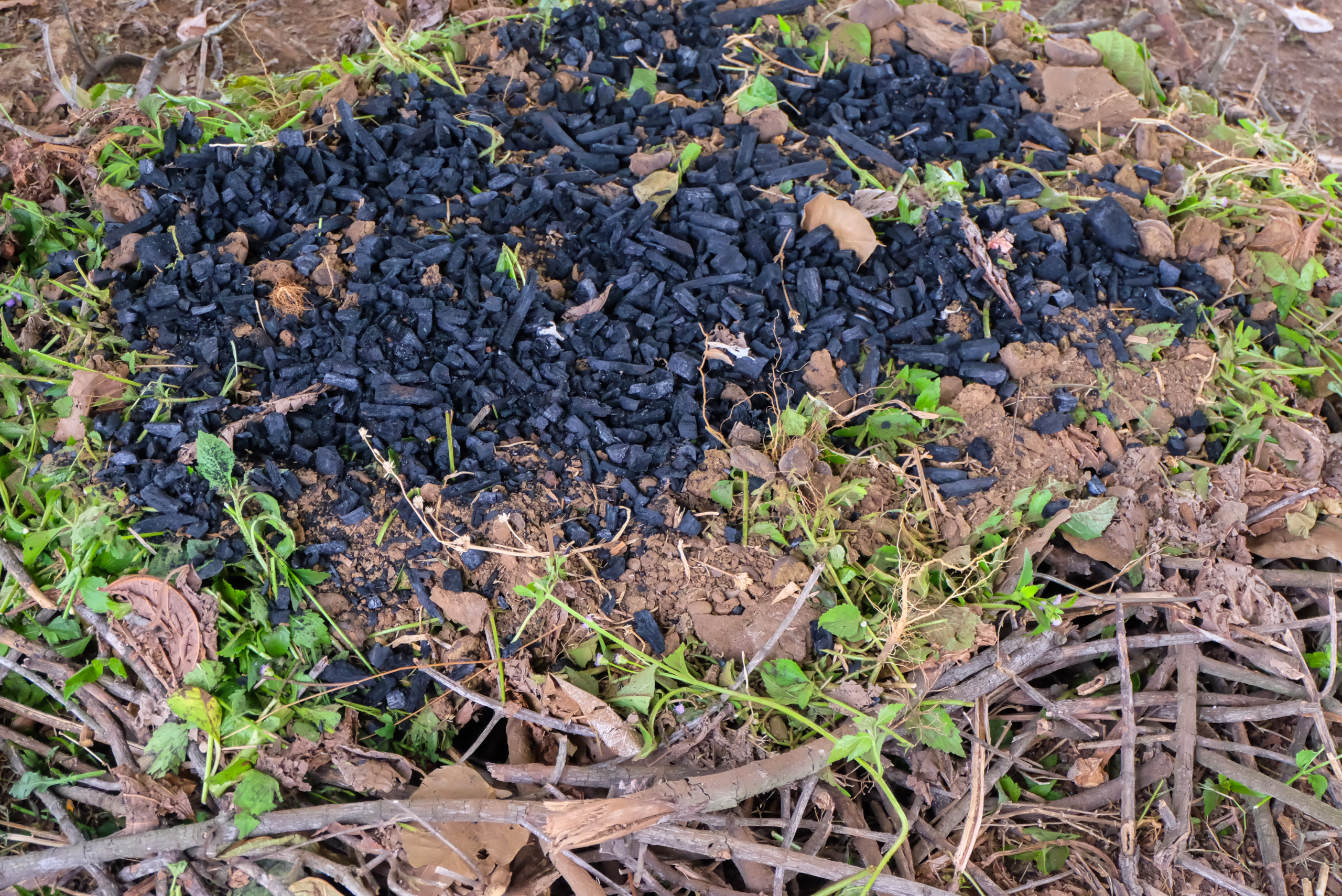
How to Use Biochar
- Purchase or Make Biochar: Buy biochar from a garden center or make your own by burning organic material in a low-oxygen environment.
- Mix with Compost: Combine biochar with compost before applying it to the lawn for better results.
- Apply Evenly: Spread the mixture evenly across the lawn and water it in.
Biochar’s porous nature helps retain water and nutrients, promoting healthier grass growth.
Mulch with Organic Materials
Mulching with organic materials such as straw, leaves, or wood chips can be an effective way to improve soil quality and protect your lawn.
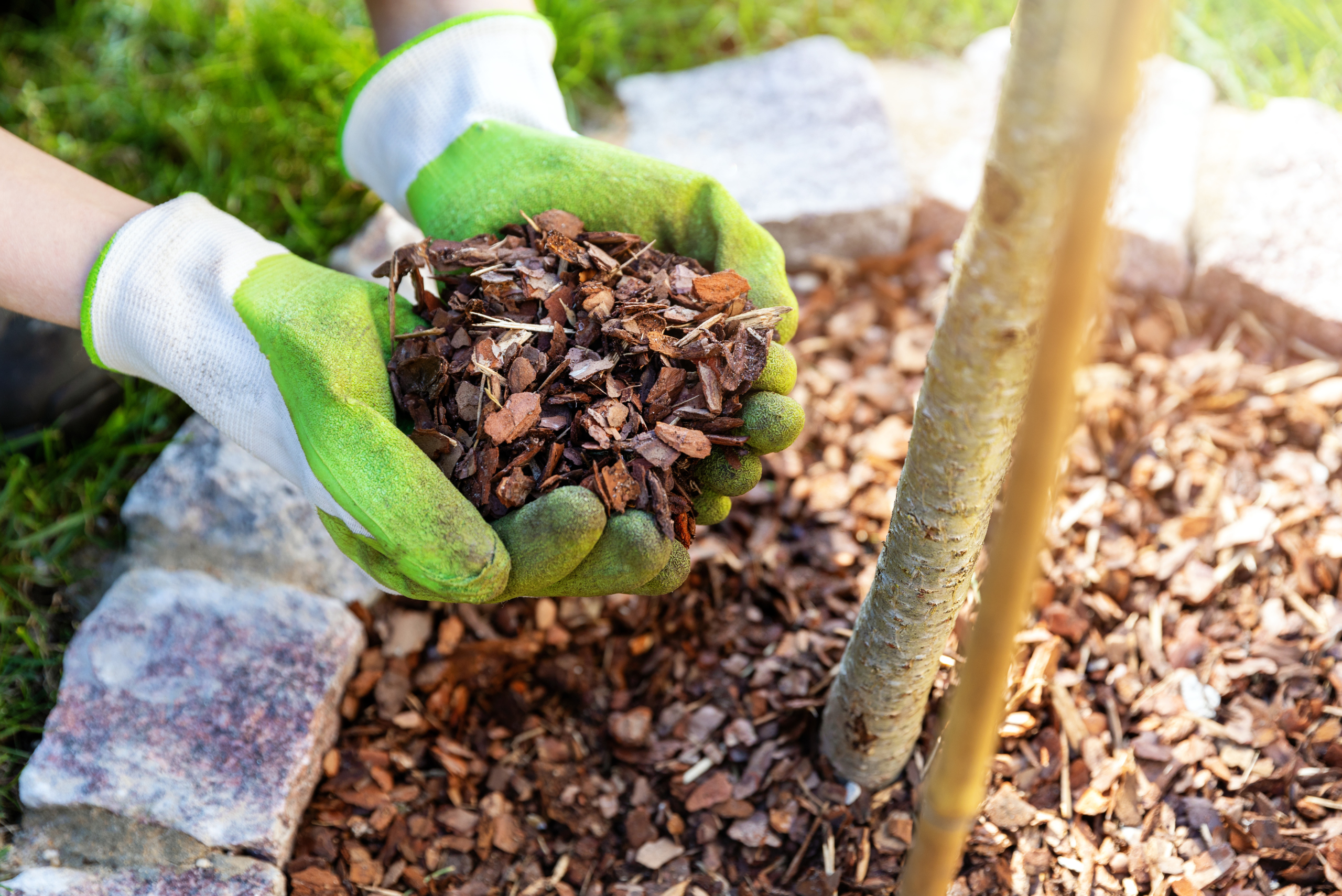
How to Mulch Effectively
- Choose the Right Material: Select organic materials that decompose slowly and provide lasting benefits.
- Apply a Thin Layer: Spread a thin, even layer of mulch over your lawn, avoiding excessive buildup.
- Monitor and Reapply: Check the mulch periodically and replenish it as needed.
Organic mulch helps maintain soil moisture, reduce erosion, and add organic matter to the soil as it decomposes.
Utilize Worm Castings
Worm castings, also known as vermicompost, are an excellent source of nutrients and beneficial microorganisms for your lawn.
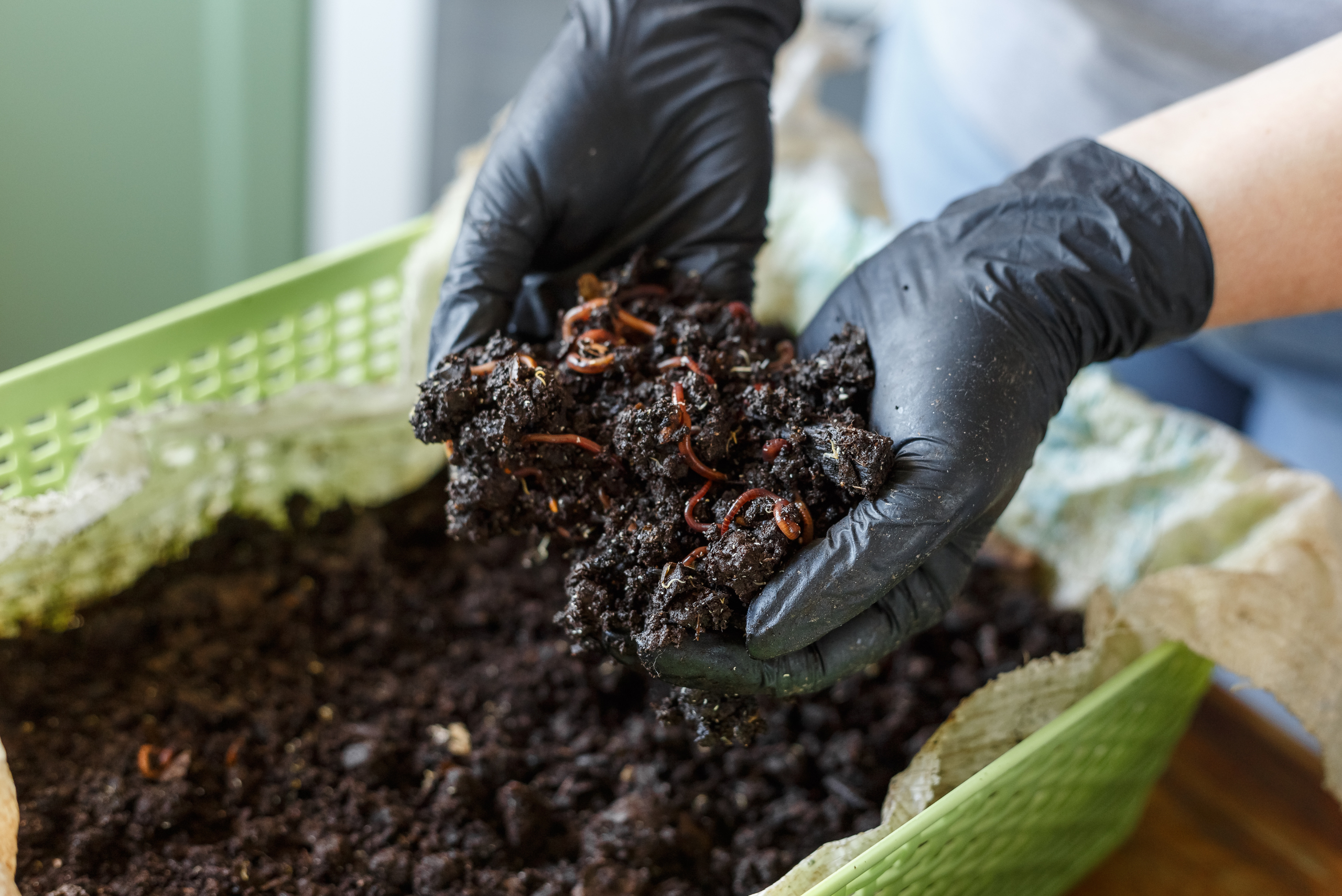
Benefits of Worm Castings
- Rich in Nutrients: Worm castings contain a high concentration of essential nutrients like nitrogen, phosphorus, and potassium.
- Improve Soil Structure: They enhance soil structure, improving aeration and water retention.
- Eco-Friendly: Using worm castings promotes sustainable gardening practices.
To apply, simply sprinkle the worm castings evenly over your lawn and water them in.
Related Articles
- Baking Soda Is a Great DIY Weed Killer
- Step-by-Step Guide for How to Sharpen Lawn Mower Blades
- A Guide to Building Your Own DIY Hydroponic System
Exploring eco-friendly and cost-effective alternatives to traditional lawn topdressing methods not only benefits your lawn but also contributes to a healthier environment. By incorporating practices like composting, green manure, grasscycling, biochar, liquid aeration, organic mulching, and using worm castings, you can achieve a vibrant and sustainable lawn. Embrace these methods and enjoy the rewards of a lush, green lawn that’s both environmentally friendly and budget-conscious.
Ready to start your next project? Join our DIY community to receive tool tips, how-to guides, and exclusive creative insights. Subscribe to the ManMadeDIY newsletter now!

